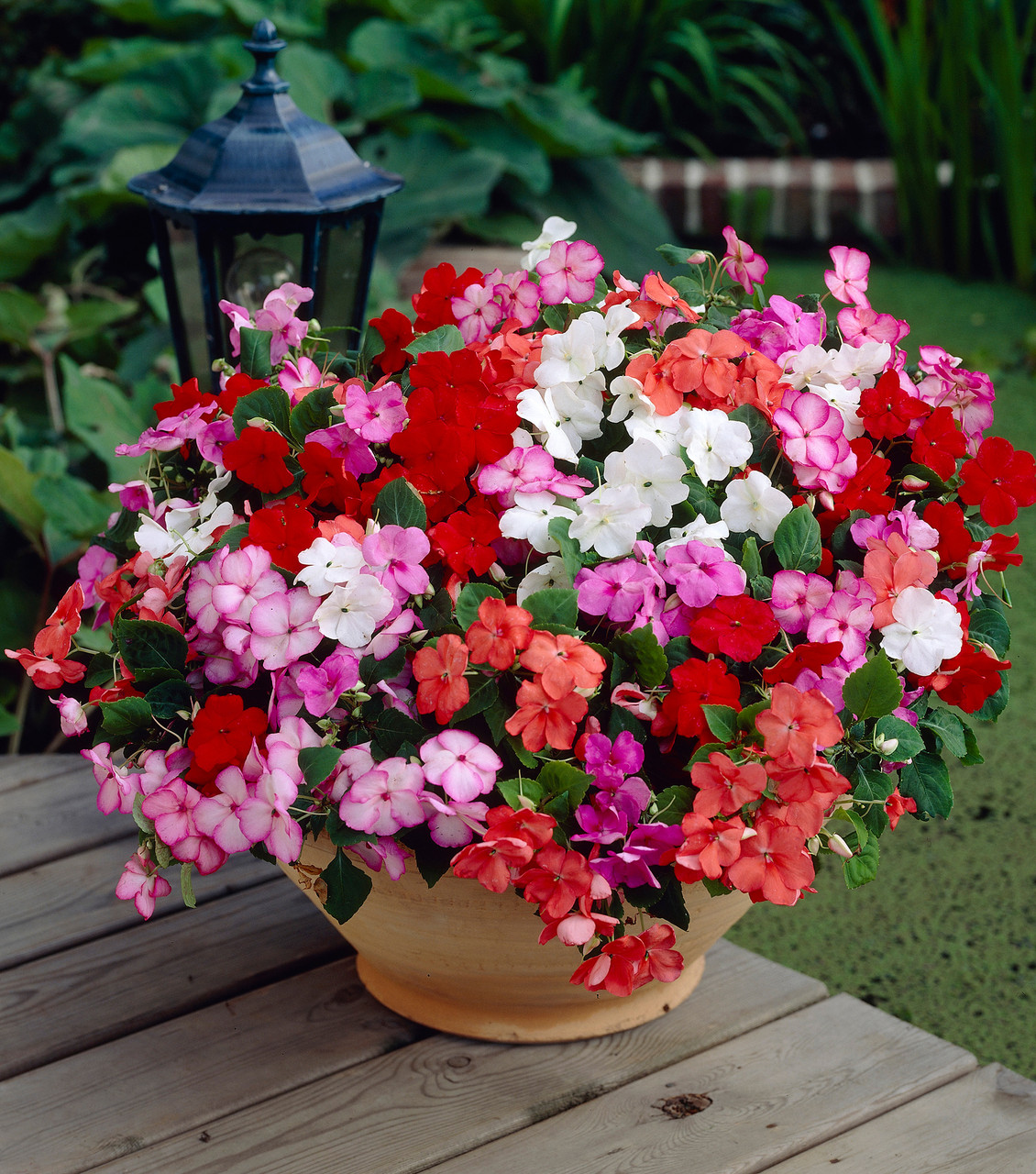Busy Lizzie Plant: A Comprehensive Guide
Busy Lizzie, also known as Impatiens walleriana, is a popular blooming plant that is loved for its vibrant colors and ability to thrive in shady areas. In this comprehensive guide, we will explore everything you need to know about the Busy Lizzie plant, including its origins, care requirements, and common varieties.
Origins of the Busy Lizzie Plant
The Busy Lizzie plant is native to East Africa, specifically Tanzania and Mozambique. It was first introduced to Europe in the 19th century and quickly became a favorite among gardeners due to its bright blooms and easy care requirements. Today, Busy Lizzies can be found in gardens around the world, adding a pop of color to shady areas.
Care Requirements
Busy Lizzies are relatively low-maintenance plants, making them ideal for beginner gardeners. Here are some key care requirements to keep in mind:
Light

Busy Lizzies thrive in partial to full shade, making them perfect for areas of the garden that receive limited sunlight. Avoid placing them in direct sunlight, as this can cause the leaves to burn.
Water
Keep the soil consistently moist but not waterlogged. Water when the top inch of soil feels dry to the touch, and be sure to water at the base of the plant to avoid getting water on the leaves, which can lead to disease.
Soil

Busy Lizzies prefer well-draining, rich soil with a slightly acidic pH. Adding compost to the soil can help improve drainage and provide nutrients for the plant.
Temperature
Busy Lizzies thrive in temperatures between 65-80°F (18-27°C). They are not frost-tolerant and should be brought indoors or protected during periods of cold weather.
Fertilizer
Feed Busy Lizzies with a balanced liquid fertilizer once a month during the growing season. Be sure to follow the instructions on the fertilizer package to avoid overfeeding.
Common Varieties
Busy Lizzies come in a wide range of colors and varieties, making it easy to find the perfect plant for your garden. Some common varieties include:
New Guinea Impatiens
New Guinea Impatiens are known for their larger blooms and vibrant colors, including shades of pink, purple, and orange. They thrive in partial shade and are more sun-tolerant than traditional Busy Lizzies.
Double Impatiens
Double Impatiens have double-layered petals, giving them a fuller, more luxurious appearance. They come in a variety of colors and are a popular choice for adding a touch of elegance to the garden.
SunPatiens
SunPatiens are a hybrid variety that can tolerate more sun than traditional Busy Lizzies. They come in a range of colors and are perfect for adding a pop of color to sunny areas of the garden.
Propagation
Busy Lizzies can be easily propagated from cuttings, making it simple to expand your plant collection. Here’s how to propagate Busy Lizzies:
Step 1: Take Cuttings
Using a sharp, clean pair of scissors, take a 4-6 inch cutting from a healthy Busy Lizzie plant. Make the cut just below a leaf node to encourage new growth.
Step 2: Prepare the Cutting
Remove the lower leaves from the cutting, leaving only a few at the top. Dip the cut end of the stem in rooting hormone to encourage root development.
Step 3: Plant the Cutting
Plant the cutting in a small pot filled with a well-draining potting mix. Water the cutting thoroughly and place it in a warm, bright location out of direct sunlight.
Step 4: Care for the Cutting
Keep the soil moist and mist the cutting regularly to maintain humidity. After a few weeks, the cutting should develop roots and can be transplanted into a larger pot or the garden.
Common Pests and Diseases
While Busy Lizzies are relatively resistant to pests and diseases, there are a few common issues to watch out for:
Aphids
Aphids are small, soft-bodied insects that can suck the sap from Busy Lizzie plants, leading to stunted growth and yellowing leaves. To control aphids, spray the plant with a mixture of water and insecticidal soap.
Powdery Mildew
Powdery mildew is a fungal disease that appears as a white powdery coating on the leaves of Busy Lizzies. To prevent powdery mildew, ensure good air circulation around the plant and avoid overhead watering.
Root Rot
Root rot is caused by overwatering and can lead to wilting, yellowing leaves, and eventual plant death. To prevent root rot, ensure the soil is well-draining and allow it to dry out slightly between waterings.
Conclusion
Busy Lizzies are a beautiful and versatile plant that can thrive in shady areas of the garden. With their bright blooms and easy care requirements, they are a popular choice for gardeners of all skill levels. By following the care tips outlined in this guide, you can enjoy a lush and colorful display of Busy Lizzies in your own garden.